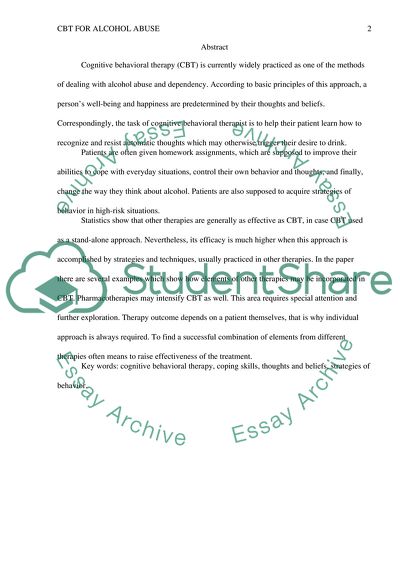Cite this document
(Cognitive-Behavioral Therapy for Alcohol Abuse Coursework Example | Topics and Well Written Essays - 2250 words, n.d.)
Cognitive-Behavioral Therapy for Alcohol Abuse Coursework Example | Topics and Well Written Essays - 2250 words. https://studentshare.org/health-sciences-medicine/1871566-free-topic-it-should-be-specific
Cognitive-Behavioral Therapy for Alcohol Abuse Coursework Example | Topics and Well Written Essays - 2250 words. https://studentshare.org/health-sciences-medicine/1871566-free-topic-it-should-be-specific
(Cognitive-Behavioral Therapy for Alcohol Abuse Coursework Example | Topics and Well Written Essays - 2250 Words)
Cognitive-Behavioral Therapy for Alcohol Abuse Coursework Example | Topics and Well Written Essays - 2250 Words. https://studentshare.org/health-sciences-medicine/1871566-free-topic-it-should-be-specific.
Cognitive-Behavioral Therapy for Alcohol Abuse Coursework Example | Topics and Well Written Essays - 2250 Words. https://studentshare.org/health-sciences-medicine/1871566-free-topic-it-should-be-specific.
“Cognitive-Behavioral Therapy for Alcohol Abuse Coursework Example | Topics and Well Written Essays - 2250 Words”. https://studentshare.org/health-sciences-medicine/1871566-free-topic-it-should-be-specific.


